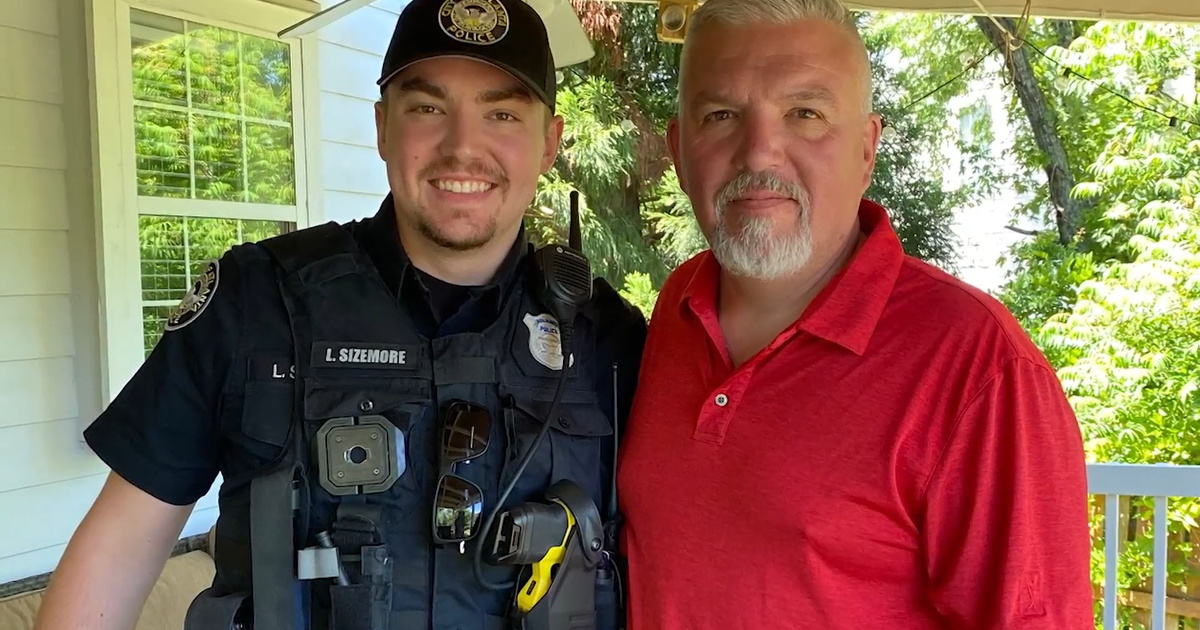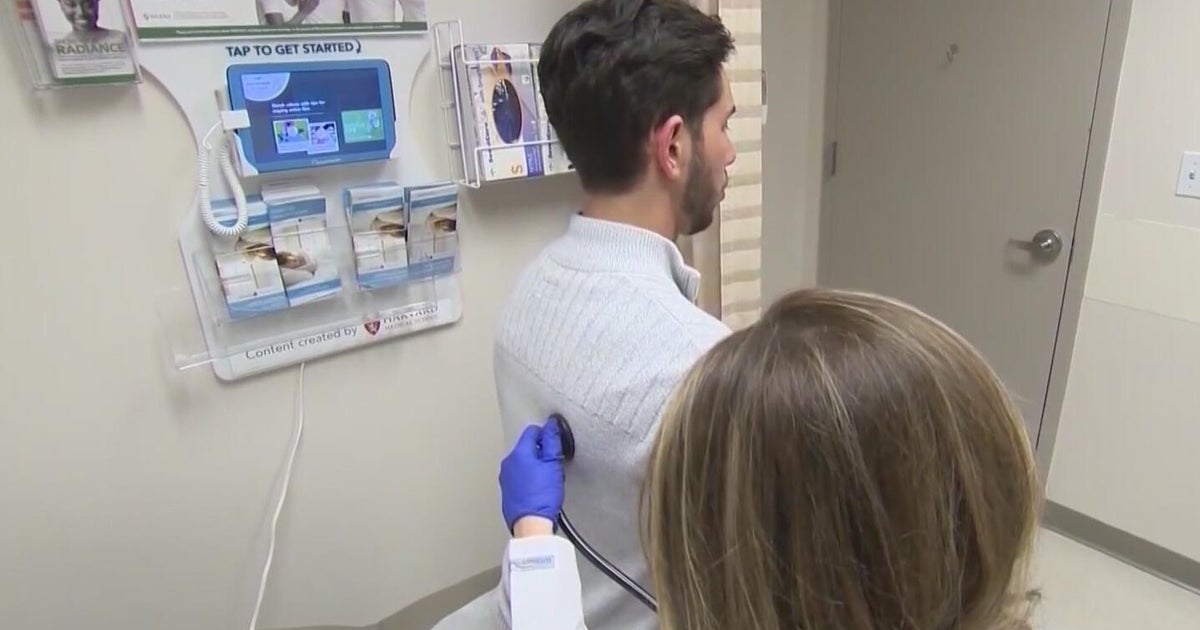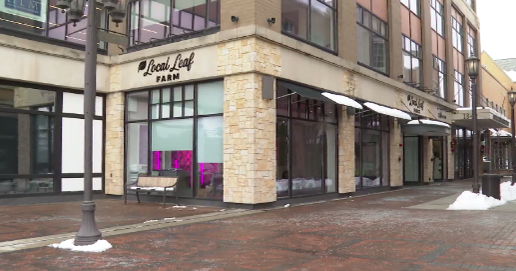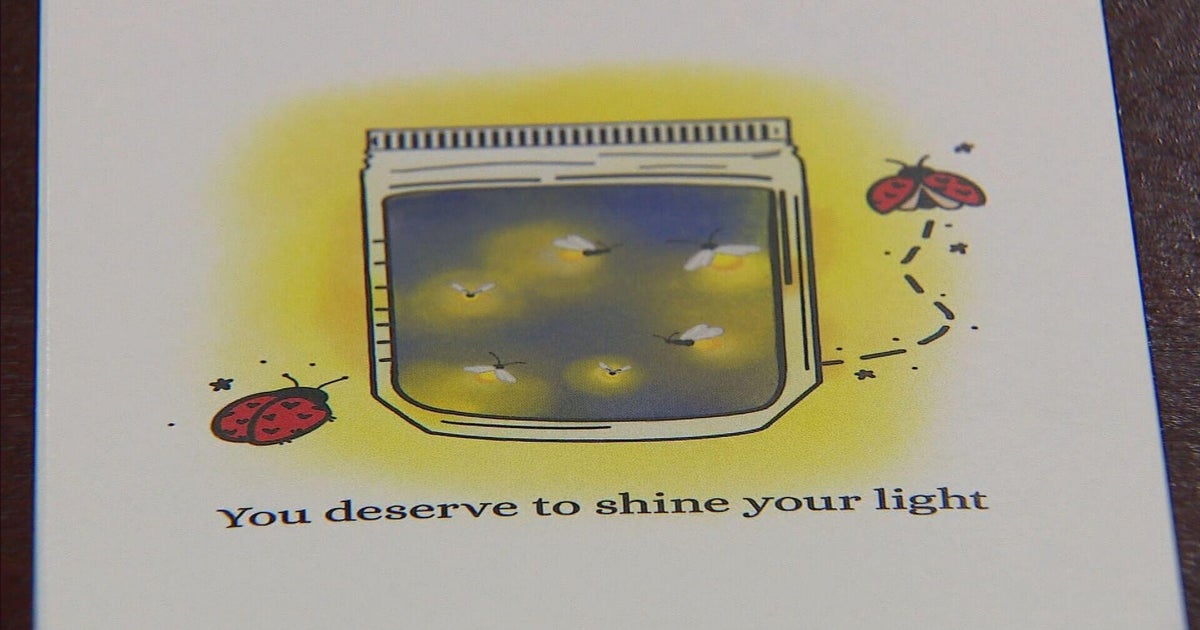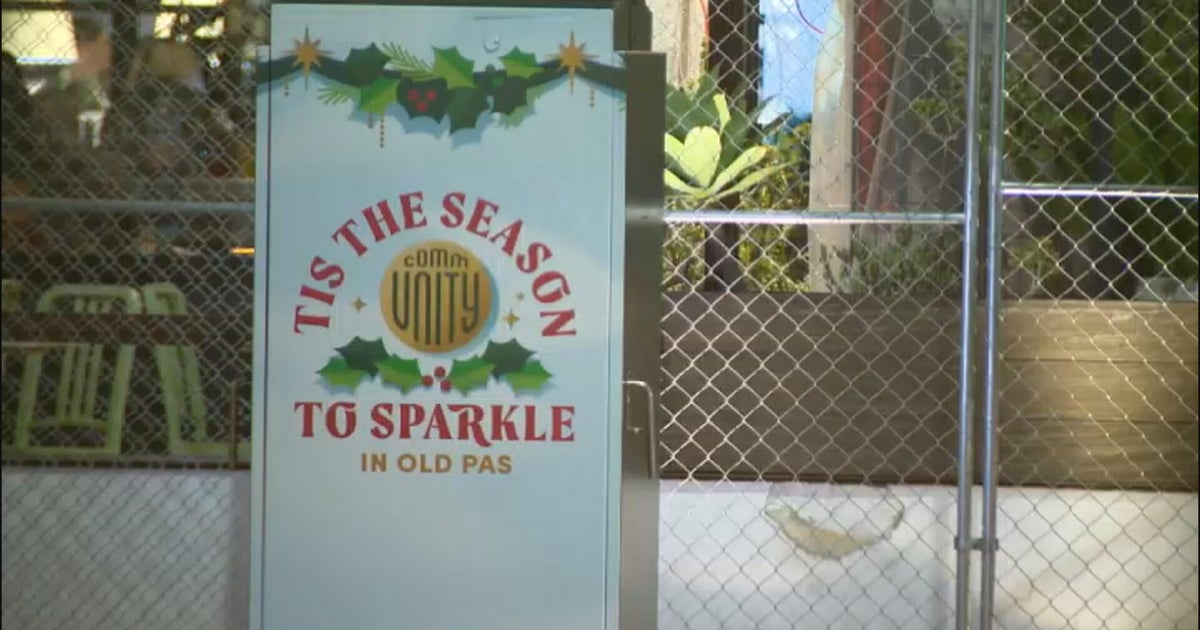Doctors Turn To Balloons To Clear Out Uncomfortable Ear Pressure
NEW YORK (CBSNewYork) -- You know the feeling when your ears pop in an airplane or an elevator? That's your Eustachian tube working, but when it's blocked, you could be in for some big ear problems.
As CBS2's Dr. Max Gomez explained, there's a new procedure to fix blocked tubes with a balloon.
Brian McCollum was a worker with the phone company who spent a lot of time at Ground Zero clearing and restoring the infrastructure there. It was around that time that he developed severe ear pain.
"It felt like someone was pumping air into you head, and you just want your eardrums to burst to relieve the pressure," he said.
It turns out Bran's Eustachian tubes were blocked. Those are the tubes that connect the middle ear with the back of the nose. If they're blocked pressure can build in the ear and worse.
"Fluid will collect in that space behind eardrum, further compromise hearing transmission, in addition provide a medium where infection can occur," Dr. Michael Goldrich, Robert Wood Johnson University said.
The blockage is diagnosed with gentle air pressure in the ears to see how the eardrums move.
Treatment starts with decongestant medications and tiny ear tubes placed in the eardrums to drain fluid. That only helped Brian a little.
"Some days you can hear well, some days it's like underwater. I was getting so many infections," he said.
Now, there's a permanent fix for patients like Brian. It's a 15 minute procedure that threads a curved probe through the nose to the opening of the Eustachian tube.
There Dr. Goldrich inserted a deflated balloon into the tube and inflates it, pushing the tube open. it's immediate, and likely permanent relief.
"It's not just a matter of squeezing something to make it temporarily open, but modifying the actual cellular structures to have a long lasting effect," Dr. Goldrich said.
For McCollum, the results were positive.
"Right after surgery, I could tell there was less pressure," he said.
The balloon procedure was recently FDA approved for patients 22 and older. It's done under general anesthesia for now, although Dr. Goldrish foresees a time when it could be done in the office, and also done for children who have a lot of Eustachia tube, and middle ear problems.
